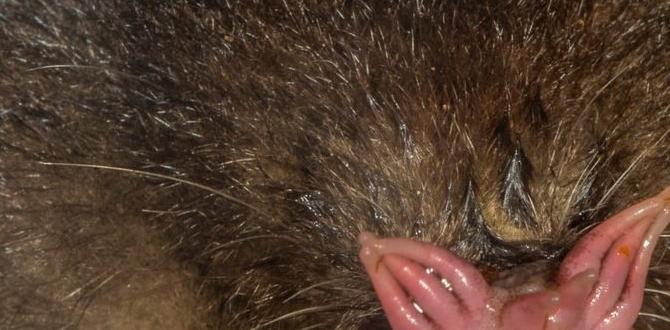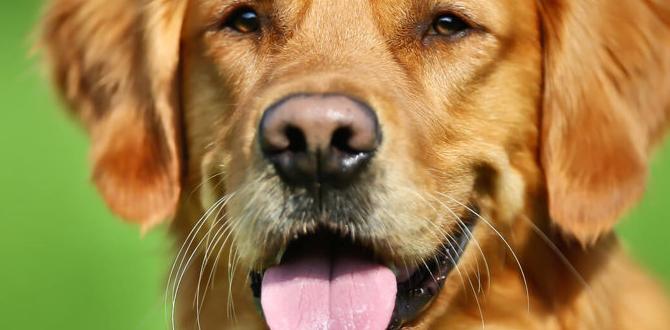Understanding and Overcoming Canine Anxiety: Expert Dog Phobias and Fears Tips
Dog phobias and fears tips are essential for any dog owner navigating the complex emotional landscape of their canine companions. While many dogs live happy, confident lives, a significant number struggle with specific anxieties, ranging from mild nervousness to debilitating phobias. These fears can manifest in various ways, from a tremble to full-blown panic attacks, impacting both the dog’s well-being and the owner’s ability to manage their pet’s life. Understanding the root causes of these anxieties and employing effective management strategies is crucial for fostering a harmonious relationship and ensuring a good quality of life for your furry friend.
The origins of canine phobias are diverse. They can stem from traumatic experiences, such as abuse, neglect, or a frightening encounter with a specific stimulus. Genetics can also play a role, with some breeds potentially being predisposed to anxiety. Furthermore, insufficient or improper socialization during the critical puppyhood period can leave dogs ill-equipped to handle novel situations, sounds, or sights, leading to fear-based reactions later in life. Even a single negative experience, like being startled by a loud noise during a thunderstorm, can trigger a lasting fear. Recognizing that your dog’s fear is a genuine emotional response, not a behavioral problem to be punished, is the first and most vital step in addressing it.
Identifying Common Dog Phobias and Fears
Before implementing any dog phobias and fears tips, it’s crucial to accurately identify what your dog is afraid of. Some of the most commonly observed phobias in dogs include:
Noise Phobias: This is perhaps the most prevalent category. Loud, sudden noises like thunderstorms, fireworks, firecrackers, construction work, or even vacuum cleaners can send many dogs into a state of panic. Symptoms can include panting, trembling, hiding, destructive behavior, excessive barking, and even aggression due to overwhelming fear.
Separation Anxiety: This fear arises when a dog is left alone. It’s not simply a dog whining at the door; it can involve significant distress when the owner prepares to leave, and can lead to destructive behaviors (chewing furniture, digging at doors), house soiling, excessive barking and howling, and attempts to escape confinement.
Fear of Strangers/Specific People: Some dogs are understandably wary of unfamiliar individuals, while others might develop a fear of specific demographics, like men with hats, people wearing uniforms, or children. This fear often stems from a lack of positive exposure during puppyhood or a negative past encounter.
Fear of Other Dogs: This can be triggered by negative interactions, such as being attacked or bullied by another dog. It can also be a broader issue related to poor socialization, leading to reactivity, lunging, and barking at other canines.
Specific Object/Situational Phobias: This can encompass a wide array of fears, including fear of veterinary visits, car rides, stairs, specific surfaces (like slippery linoleum), or even certain toys or objects.
Implementing Effective Dog Phobias and Fears Tips
Once you’ve identified your dog’s specific fear, it’s time to put effective dog phobias and fears tips into practice. The core principles revolve around creating a sense of safety and gradually desensitizing your dog to the feared stimulus.
1. Create a Safe Haven:
For noise phobias or general anxiety, designating a safe space is paramount. This could be a crate covered with a blanket, a specific room, or even a cozy corner. Equip this space with comfortable bedding, familiar toys, and perhaps a piece of your clothing that smells like you. This retreat should be a positive association; never force your dog into it or use it for punishment. During a fearful event, encouraging them to go to their safe space can provide immense comfort.
2. Desensitization and Counter-Conditioning:
This is a cornerstone of fear modification. Desensitization involves gradually exposing your dog to the feared stimulus at a very low intensity – so low that it doesn’t trigger a fearful reaction. Counter-conditioning pairs the low-intensity stimulus with something your dog loves, like high-value treats or a favorite game.
Example for Thunderstorm Phobia: Play recordings of thunderstorms at an extremely low volume while your dog is relaxed and engaging in an enjoyable activity. Gradually increase the volume over many sessions, always ensuring your dog remains calm. If they show any signs of anxiety, you’ve gone too fast and need to reduce the volume.
Example for Fear of Strangers: Have a friend or family member, dressed neutrally and behaving calmly, stand at a distance where your dog notices them but doesn’t react fearfully. Reward your dog with treats and praise for calm behavior. Gradually decrease the distance over multiple sessions.
3. Manage the Environment:
During actual triggering events like thunderstorms or fireworks, management is key to preventing further embedding of the fear.
Noise: Close curtains and windows to block visual and auditory cues. Play calming music or white noise to mask outside sounds. Provide access to their safe space. Consider using a Thundershirt or other anxiety wraps which can provide calming pressure.
Separation Anxiety: Practice short departures to build confidence. Don’t make arrivals or departures overly dramatic. Leave puzzle toys or long-lasting chews to keep them occupied. If the anxiety is severe, consult a professional, as medication might be necessary in conjunction with training.
4. Positive Reinforcement and Avoidance of Punishment:
It’s crucial to remember that punishing a fearful dog will only exacerbate their anxiety. They are not being disobedient; they are acting out of genuine fear. Instead, focus on rewarding calm and confident behavior. Every positive interaction, no matter how small, builds trust and reinforces that the world isn’t as scary as they perceive it.
5. Seek Professional Guidance:
For severe or persistent phobias, professional help is invaluable. A certified applied animal behaviorist or a veterinary behaviorist can assess your dog’s situation, create a tailored behavior modification plan, and, if necessary, recommend appropriate medication. These professionals provide expert dog phobias and fears tips that are specific to your dog’s unique needs.
6. Consider Calming Aids:
While not a sole solution, certain aids can support your dog’s journey. These might include:
Anxiety Wraps: Like the Thundershirt, these apply gentle, constant pressure that mimics being swaddled.
Calming Supplements: Products containing L-theanine, tryptophan, or specific herbal blends can help promote relaxation. Always discuss these with your veterinarian before use.
Diffusers: Pheromone diffusers (like Adaptil) can release scents that mimic those produced by lactating mother dogs, promoting a sense of calm.
Overcoming dog phobias and fears is a journey, not a destination. It requires patience, consistency, and a deep understanding of your dog’s emotional state. By implementing these dog phobias and fears tips, and seeking professional support when needed, you can significantly improve your dog’s quality of life and build a stronger, more trusting bond. Celebrate small victories and remember that every step forward, no matter how incremental, is progress.
Meet Elyse Colburn, the devoted canine companion and storyteller behind the enchanting world of “Tales, Tails, and Adventures Unleashed.” A passionate dog enthusiast with a heart full of paw prints, Elyse Colburn shares heartwarming tales and insightful adventures, celebrating the joy, loyalty, and endless antics that make every dog a true hero. Join Elyse Colburn on this tail-wagging journey, where every post is a love letter to our four-legged friends.






